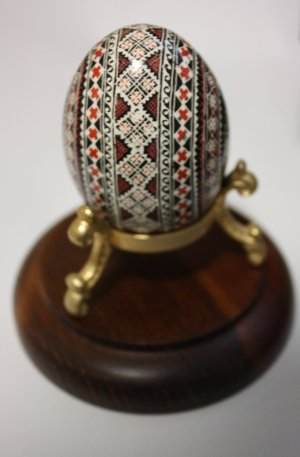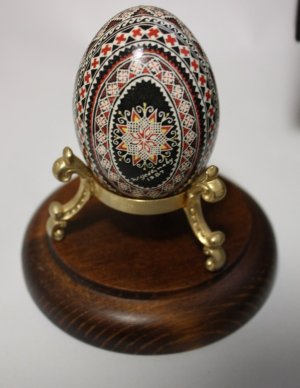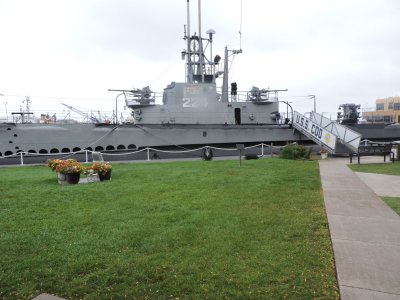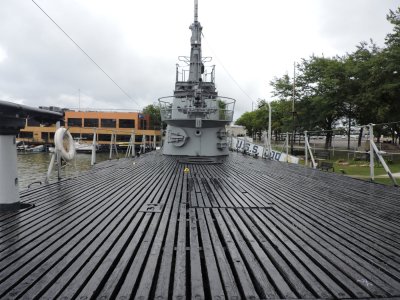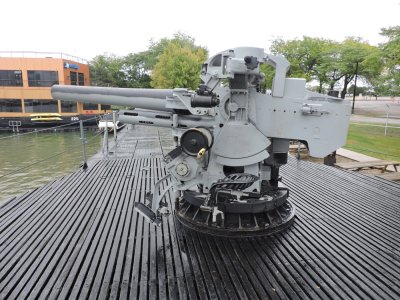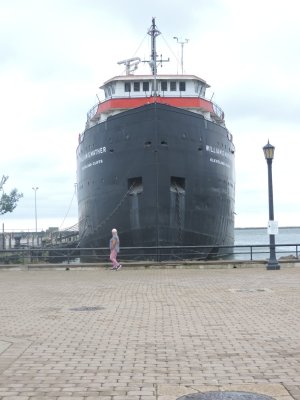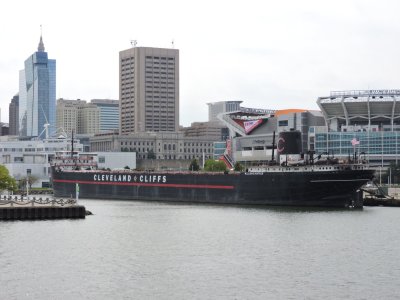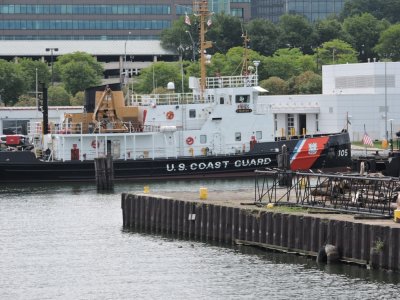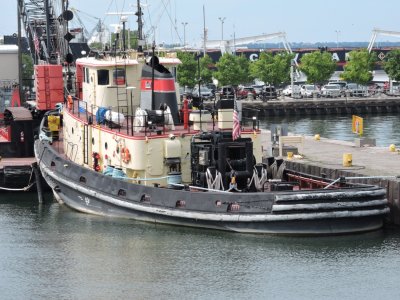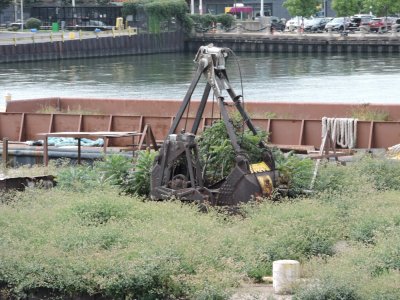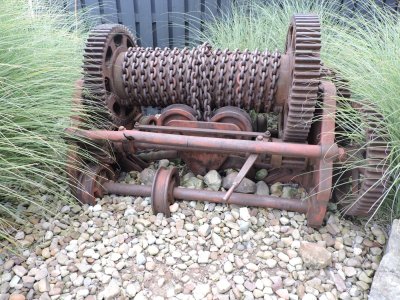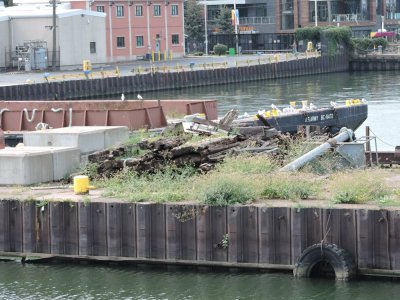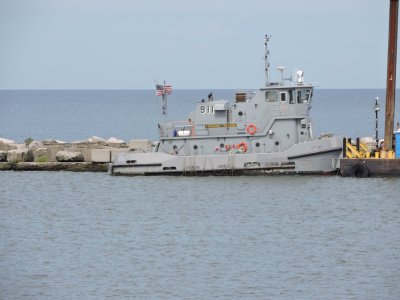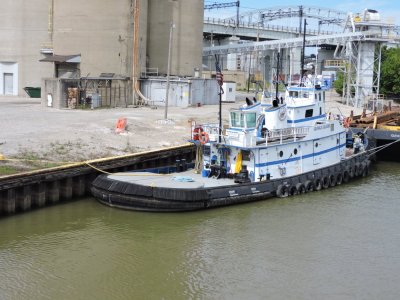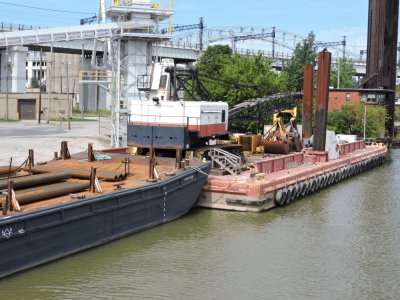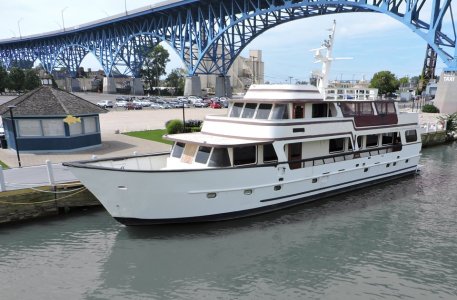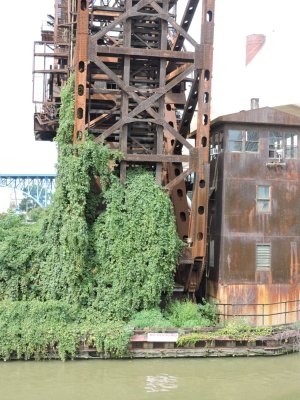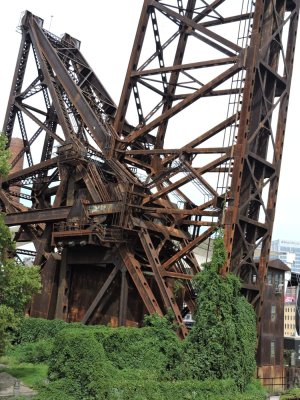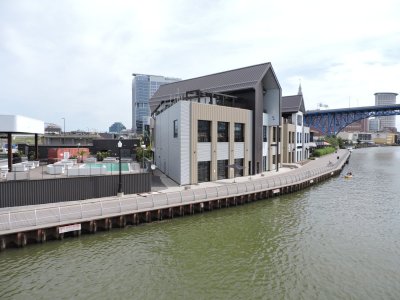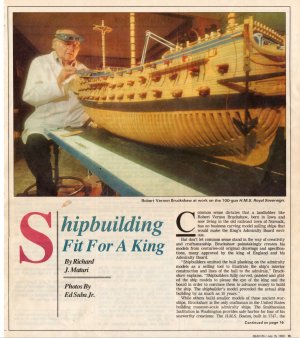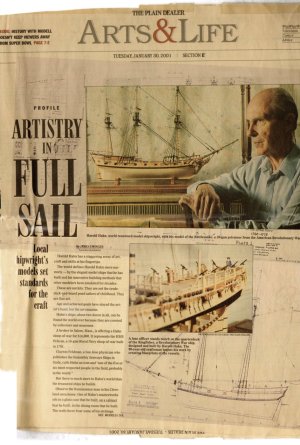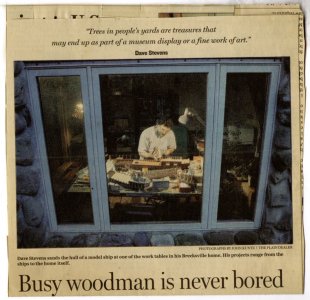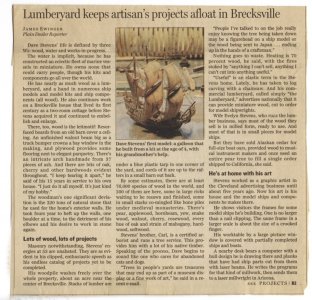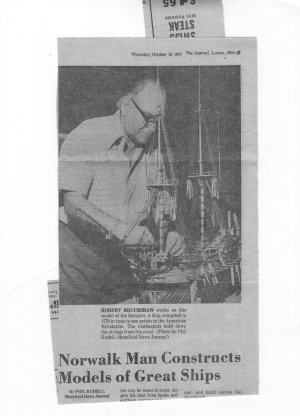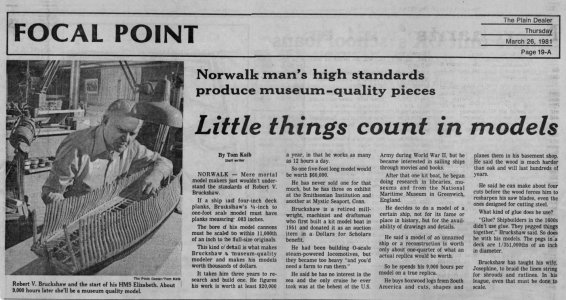- Joined
- Jul 12, 2021
- Messages
- 137
- Points
- 143

In countries with a strong guild structure, master shipwrights were people who had been examined by other master shipwrights and certified as competent to design ships and, perhaps more importantly, supervise and direct other shipwrights. One normally became a master after passing through an apprenticeship and some time as a journeyman, in a path that was typical for many crafts. Master shipwrights (sometimes called building masters or master builders) are mentioned in historical sources at least back to the 16th century. In places without a formal guild structure, a master usually designated the person who ran a shipyard and designed ships, whether he had passed through an official apprenticeship or not, but the implication was that he came from a craft background and could wield an ax and adze as well as a pencil and compasses.
The term naval architect developed to describe people who had a more academic background and focused on the design process, without necessarily having much practical experience of the construction process. It also reflected the changes of the Renaissance, in which the ancient liberal arts and academic training held a new respect in society; an architect was someone who could mix with aristocrats and converse on learned subjects. Master shipwrights were tradesmen; as Pepys noted, their knowledge "lay all confused in their hands." The difference between a naval architect and a master shipwright is analagous to the original difference between a physician (academically trained in theory) and a surgeon (practically trained in manual skills), and was reflected in a similar difference in social status.
There are still some trades that maintain an apprentice/journeyman/master system, in which mastery has to be demonstrated and approved by other masters; it is still common in some trades here in Sweden, for example. In many trades, there are no masters left to preserve the tradition. My friend Ole Magnus was the last person in Scandinavia to be trained in ropemaking by people who held formal journeyman's certificates from the old days, but because there were no masters left to examine him, he could not get a journeyman's letter, much less a master's certificate. Other trades have attempted to restart the system, accepting that the current senior practitioners are masters. These systems are usually based on voluntary association, without the control over employment that the old guilds had, although some associations can be powerful enough that their stamp of approval is necessary to get work.
In many parts of the English-speaking world and in trades that never had a guild, the term "master" is thrown around without much regard for formal training, it is more of a term of respect for someone who has demonstrated competence or experience (or claims to).
Fred
The term naval architect developed to describe people who had a more academic background and focused on the design process, without necessarily having much practical experience of the construction process. It also reflected the changes of the Renaissance, in which the ancient liberal arts and academic training held a new respect in society; an architect was someone who could mix with aristocrats and converse on learned subjects. Master shipwrights were tradesmen; as Pepys noted, their knowledge "lay all confused in their hands." The difference between a naval architect and a master shipwright is analagous to the original difference between a physician (academically trained in theory) and a surgeon (practically trained in manual skills), and was reflected in a similar difference in social status.
There are still some trades that maintain an apprentice/journeyman/master system, in which mastery has to be demonstrated and approved by other masters; it is still common in some trades here in Sweden, for example. In many trades, there are no masters left to preserve the tradition. My friend Ole Magnus was the last person in Scandinavia to be trained in ropemaking by people who held formal journeyman's certificates from the old days, but because there were no masters left to examine him, he could not get a journeyman's letter, much less a master's certificate. Other trades have attempted to restart the system, accepting that the current senior practitioners are masters. These systems are usually based on voluntary association, without the control over employment that the old guilds had, although some associations can be powerful enough that their stamp of approval is necessary to get work.
In many parts of the English-speaking world and in trades that never had a guild, the term "master" is thrown around without much regard for formal training, it is more of a term of respect for someone who has demonstrated competence or experience (or claims to).
Fred



